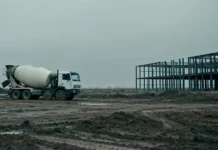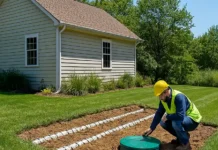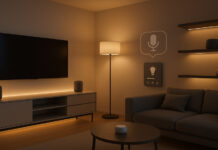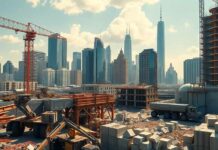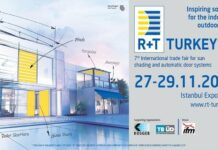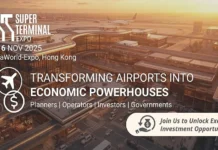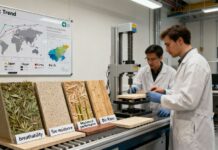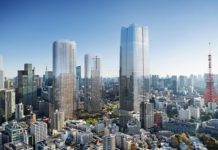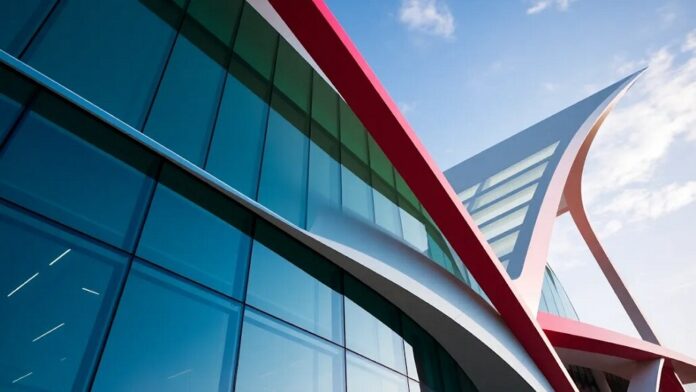The Hidden Strength: Structural Advantages of GFRP in Architecture
In the development of contemporary architecture and engineering, the material has never been far from center stage. The ancient architects had stone and wood, while the industrial era offered steel and concrete. The use of the material has determined the scale and vision of architectural design ever since. Over the last few decades, though, a new entrant to the scene has been Glass Fibre Reinforced Polymer (GFRP). This composite material is not only transforming what is possible in architecture but is also quietly becoming one of the most important developments of our era.
While steel and concrete tend to take center stage, GFRP presents architects and engineers with a range of structural benefits that continue to be underutilized but possess the power to transform. Not only is this material strong and durable, but it is also lightweight, extremely resilient, and able to address many of the issues that modern architecture currently grapples with today. By highlighting its lesser-known qualities, we reveal why GFRP is gradually becoming a vital component in innovative architecture.
What Makes GFRP Unique in Structural Applications?
Fundamentally, GFRP is a composite material made of glass fibers reinforced within a polymer matrix. The outcome is a light, high-performance material that has distinctive properties. GFRP’s composite nature is different from traditional homogeneous materials like steel or concrete since it can be engineered to behave differently. Its behavior can be tailored based on specific structural needs. This has enabled new frontiers in architectural design to emerge as engineers can now construct intricate geometries and innovative forms that were previously impossible to achieve.
Perhaps GFRP’s strongest feature is its strength-to-weight ratio. GFRP is equal to steel, pound for pound, in tensile strength and weighs about four times less. This characteristic essentially revolutionizes load handling in architectural design. To illustrate, in big-span or cantilevered structures, minimizing the self-weight of the building is paramount. With GFRP, architects can create slender, beautiful shapes without sacrificing structural integrity or safety.
In addition, GFRP is corrosion-resistant by nature, rendering it a superior choice for moist, chemical, or weather-exposed environments. In contrast to steel, which must be coated to retard rust and undergo periodic maintenance, GFRP stands the test of time, providing long-lasting durability with little maintenance.
Pioneering Flexibility in Architectural Design
One of the most revolutionary features of GFRP structural advantages is its potential to facilitate architectural freedom. Conventional materials such as steel and concrete tend to enforce design limitations because of their rigidity, weight, or plain failure to adapt to unusual forms. GFRP, however, can be molded with ease into freeform and complex geometries, owing to its composite nature and adaptability to digital fabrication methods.
Consider, for example, the dramatic facades and organic shapes enabled by GFRP. In buildings such as the Heydar Aliyev Center in Azerbaijan by Zaha Hadid Architects, intricate curvatures characterize the structure’s aesthetic and structural identity. These kinds of designs are made possible primarily through the implementation of light, yet flexible, materials such as GFRP that conform to the specific requirements of parametric and computational design models.
The versatility of the material to facilitate double-curved geometries, complex hollow profiles, and modular systems provides architects with the freedom to play with creative shapes while making sure that such designs are not only aesthetically pleasing but also structural and functional in nature.
GFRP Under Stress: Performance Metrics That Matter
Its performance under diverse conditions of load is an indication of the structural strengths of GFRP. Architecturally, tensile, compressive, and flexural stresses are the indicators of whether a material can be used for applications involving loads or not. GFRP surpasses all of them.
Experiments indicate that GFRP’s tensile strength is between 500 and 900 MPa, which is roughly comparable to that of mild steel. Its flexural modulus, though lower than that of steel at 20–25 GPa, makes up for this by being able to absorb energy and recover from deformations without cracking or permanent damage. This renders GFRP structural advantages is most effective when there are dynamic or cyclic loading conditions involved, like in the case of seismic zones or high-wind areas.
Another key benefit of GFRP structural advantages is that it is anisotropic in nature, such that its properties can be designed to differ in various directions. For example, by having glass fibers run along certain directions of loading, the material can be engineered to best satisfy the structural requirements than isotropic materials such as steel, which have the same properties in all directions.
This ability to customize applies also to thermal and acoustic performance. GFRP’s low thermal conductivity also positions it as a natural insulator, minimizing energy losses in building envelopes and toward more sustainable architecture.
A Case Study in Structural Excellence: Bridges
One of the most significant uses of GFRP in building is in bridge design. Most bridges are traditionally constructed from steel and concrete, which are heavy, corrosion-prone, and require a great deal of maintenance throughout their lifespan. GFRP presents a groundbreaking solution.
In the Netherlands, for example, the Kattenbroek Footbridge, made wholly of GFRP, showcases this benefit. The bridge’s lightness facilitated quick installation and minimized the requirement of heavy-duty foundations, saving time and money. Due to the corrosion-resistant nature of GFRP, the bridge will last decades without needing extensive repair, representing an eco-friendly and cost-efficient solution.
These structural advantages carry over to other construction projects, including pedestrian sidewalks, car bridges, and even oceanic uses where saltwater corrosion is a major issue.
Workflow Integration: From Design to Assembly
Another reason why GFRP is becoming more popular in architecture is that it can be integrated seamlessly into contemporary design processes. Due to advances in Building Information Modeling (BIM) and computer-aided fabrication, GFRP can be integrated into a project’s workflow from design through assembly.
Computational design software such as Rhino and Grasshopper can be utilized by architects to create complex geometries and predict how GFRP structural advantages will respond under load. Such information can then be directly sent to CNC machines or 3D printers to make molds with great precision and consistency.
After manufacturing, GFRP parts are usually prefabricated into modular assemblies, which can be installed quickly on-site. This shortens construction schedules, reduces labor expenses, and provides a controlled quality level, making GFRP stand out as a material tailored to contemporary architectural processes.
Sustainability and Lifecycle Benefits
n an increasingly sustainability-conscious world, GFRP possesses clear environmental benefits. Most notably, its light weight cuts transportation and installation energy considerably. Moreover, because it is resistant to degradation in the environment, it requires fewer replacements in the long term, lowering the total carbon footprint of a building.
Advanced lifecycle studies of GFRP structures indicate that they produce 25–40% less waste in manufacturing than conventional materials. Furthermore, parametric optimization software enables architects to utilize materials more effectively, limiting waste and enhancing sustainability even further.
Future Prospects: The Next GFRP Frontier
In an increasingly sustainability-conscious world, GFRP possesses clear environmental benefits. Most notably, its light weight cuts transportation and installation energy considerably. Moreover, because it is resistant to degradation in the environment, it requires fewer replacements in the long term, lowering the total carbon footprint of a building.
Advanced lifecycle studies of GFRP structures indicate that they produce 25–40% less waste in manufacturing than conventional materials. Furthermore, parametric optimization software enables architects to utilize materials more effectively, limiting waste and enhancing sustainability even further.
Conclusion: A Material Revolution
The secret power of GFRP is not only its remarkable mechanical characteristics but also its capacity to adapt to the changing needs of modern architecture. While architects and engineers continue to explore new possibilities, GFRP is a material specially designed to transform daring, environmentally conscious, and efficient structures into reality.
From profiled facades and bridges to energy-saving building envelopes, the structural benefits of GFRP are redrawing the potential for innovative design today. As the world looks to the future, GFRP structural advantages is set to be more than a material of choice but a material of change.





